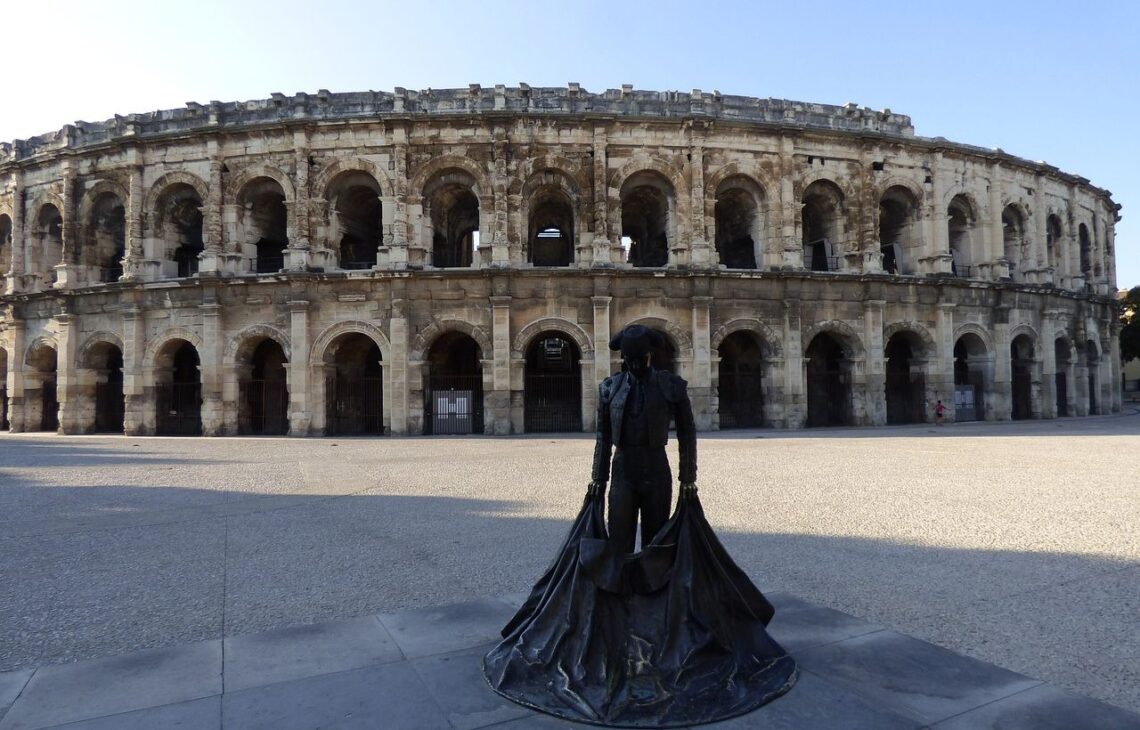
Madrid Bullfighting Culture and History: An Age-Old Tradition
Bullfighting is a controversial sport that has been a part of Spanish culture for centuries. The city of Madrid has a rich history of bullfighting, with its bullring, the Plaza de Toros de Las Ventas, being one of the most famous and prestigious bullrings in the world. The sport has been a part of Madrid’s cultural identity since the 18th century and remains an important aspect of the city’s traditions.
Origins of Bullfighting in Madrid
Bullfighting in Madrid dates back to the 18th century when it was a popular pastime for the Spanish aristocracy. The first bullring in Madrid, the Plaza de Toros de la Puerta de Alcalá, was built in 1749. However, it was not until the opening of the Plaza de Toros de Las Ventas in 1931 that bullfighting in Madrid became the world-renowned spectacle it is today.
The bullfighting season in Madrid runs from March to October, with the most important bullfights taking place during the San Isidro festival in May and June. This festival is named after the patron saint of Madrid and is considered the most important bullfighting event in the world. The San Isidro festival attracts the most famous bullfighters from all over Spain and the world.
The Bullfighting Culture in Madrid
Bullfighting is not just a sport in Madrid; it is a cultural event steeped in tradition. The bullfighting culture in Madrid is based on a complex set of rituals and traditions that have been passed down from generation to generation. The bullfight itself is divided into three parts or tercios, each with its own set of rituals and traditions.
The first tercio is the tercio de varas, where the bullfighter on horseback uses a lance to test the bull’s strength and agility. The second tercio is the tercio de banderillas, where the bullfighter on foot places decorated sticks called banderillas into the bull’s shoulders. The final tercio is the tercio de muerte, where the bullfighter attempts to kill the bull with a sword.
Bullfighting in Madrid is also an opportunity for the people of Madrid to come together and celebrate their cultural identity. It is a social event where people dress up in their finest clothes and enjoy food and drink before and after the bullfight. The Plaza de Toros de Las Ventas is not just a bullring; it is a cultural center that plays an important role in the city’s social and cultural life.
Controversies surrounding Bullfighting
Bullfighting is a controversial sport that has faced criticism from animal rights activists and some members of the Spanish public. Critics argue that bullfighting is cruel and inhumane, with bulls being subjected to unnecessary suffering and death.
Despite the controversies surrounding bullfighting, it remains an important aspect of Spanish culture and tradition. Bullfighting in Madrid is not just a sport; it is a symbol of the city’s history and identity. It is an age-old tradition that has stood the test of time and continues to be celebrated by the people of Madrid and beyond.
Conclusion
Madrid bullfighting culture and history is an important part of Spain’s cultural identity, with its roots going back to the 18th century. Despite being controversial, it remains an essential aspect of the city’s traditions, attracting bullfighters from all over the world to the famous Plaza de Toros de Las Ventas. The sport is steeped in rituals and traditions that are passed down from generation to generation, making it a cultural spectacle that is not to be missed. Whether you are a fan or not, Madrid